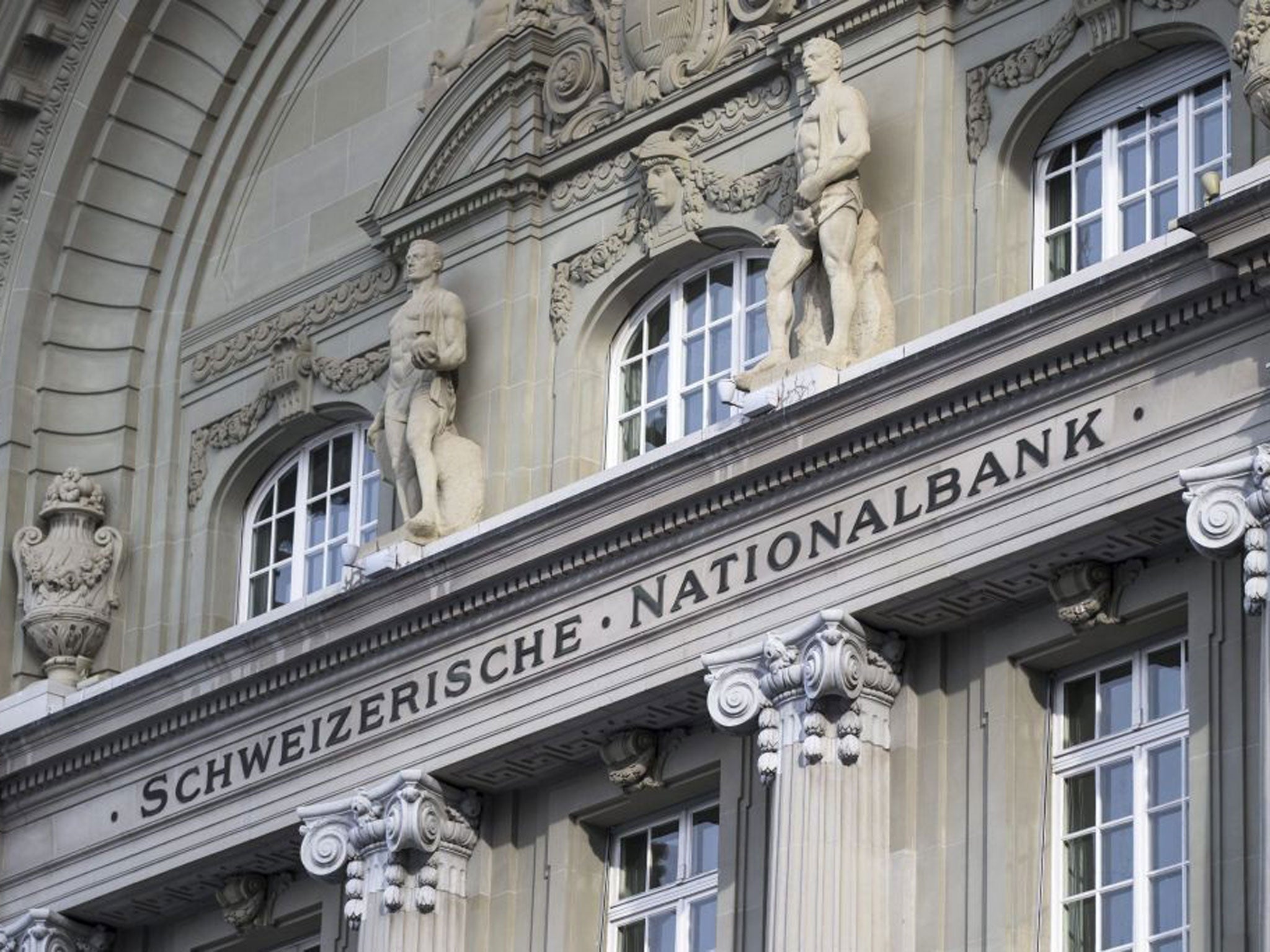Satyajit Das: Switzerland had to bite the bullet and drop franc ceiling
Das Capital: In reality, the policy was unsustainable in the light of rising currency inflows

In September 2011, the Swiss National Bank (SNB) set a ceiling on the Swiss franc at Sfr1.20 to the euro. This was in response to large inflows of capital seeking a safe haven in the aftermath of the global financial crisis and, especially, the eurozone debt problems. The value of the Swiss franc had increased by about 20 per cent relative to its major European trading partners, making Swiss exports uncompetitive and damaging growth. The strong franc also reduced domestic inflation, threatening to trigger deflation.
In order to maintain the franc’s value, the central bank intervened, buying euros which were invested in European bonds. The purchases were funded by printing francs or creating franc reserves. These actions have resulted in the accumulation of record foreign currency reserves and the expansion of the Swiss National Bank’s balance sheet. As at end of 2014, the central bank’s balance sheet was about $500bn, equivalent to roughly 80 per cent of Swiss gross domestic product. As a percentage of its economy, the bank’s balance sheet is about three times larger than those of the US Federal Reserve and the Bank of England. Since 2011, Switzerland’s monetary base has quintupled to Sfr400bn. Bank lending has increased to about 170 per cent of GDP, a rise of 25 per cent. In turn, this has resulted in sharp rises in property prices and rents.
On 15 January, the SNB abandoned its policy without warning, catching financial markets and analysts by surprise. The bank argued that the “exceptional and temporary” ceiling had been necessary as a result of the exceptional overvaluation of the franc and market conditions which had now abated.
In reality, the policy was increasingly unsustainable in the light of rising inflows as a result of European Central Bank actions to weaken the euro, as well as problems in Russia, Greece and the Middle East. Given the large and growing size of its balance sheet, the currency mismatch would expose the SNB to the risk of ever-larger losses if the Swiss franc appreciated. Its ability to exit would become increasingly compromised.
The SNB believed that conditions would make continuation of the currency ceiling increasingly difficult. It would require a commitment to expanding the money supply without constraint. Given financial stability concerns from rapid increases in asset prices, the bank chose not to commit itself to such a course.
One factor may have been the SNB’s unusual ownership structure. The Swiss central bank is a quoted public company, owned 61 per cent by Switzerland’s 26 cantons and public bodies and the remainder by about 3,000 retail investors. The third-largest shareholder, behind Bern and Zurich, is a German investor, Theo Siegert, with a holding of 5 per cent.
Losses threaten the SNB’s guaranteed 1.5 per cent dividend yield – reasonable by Swiss standards. The risk to future payments has outraged shareholders, who like the cantons depend on the dividends for income. This may have influenced the policy change.
Following the announcement, the Swiss franc rose by about 40 per cent against the euro and dollar, ending the day about 20 per cent higher. It traded almost a 60 centimes range during the day.
The almost unprecedented rise resulted in immediate losses to holders of short positions and borrowers of Swiss francs. The SNB suffered losses of $50bn to $60bn, equating to 10 to 15 per cent of GDP. The losses were cushioned, in part, by more than $30bn of gains in 2014, which might have influenced the timing of the policy change.
The effects were widespread, reflecting the use of Swiss franc as a funding currency in carry trades because of its perceived stable value and low interest rates. Bank losses to date are about $400m to $500m. A number of hedge funds have also suffered losses, forcing some to close or restructure. A few currency brokers, who facilitate retail foreign exchange trading with leverage of between 10 and 50 times, were bankrupted by clients unable to cover shortfalls.
An unexpected casualty of the rise was up to €30bn worth of Polish mortgages and up to €10bn of Hungarian mortgages denominated in Swiss francs or euros. Servicing costs of these mortgages have soared, and it would not surprise if more collateral damage were to emerge over time.
Satyajit Das is a former banker and author of ‘Extreme Money’ and ‘Traders, Guns & Money’
Subscribe to Independent Premium to bookmark this article
Want to bookmark your favourite articles and stories to read or reference later? Start your Independent Premium subscription today.

Join our commenting forum
Join thought-provoking conversations, follow other Independent readers and see their replies